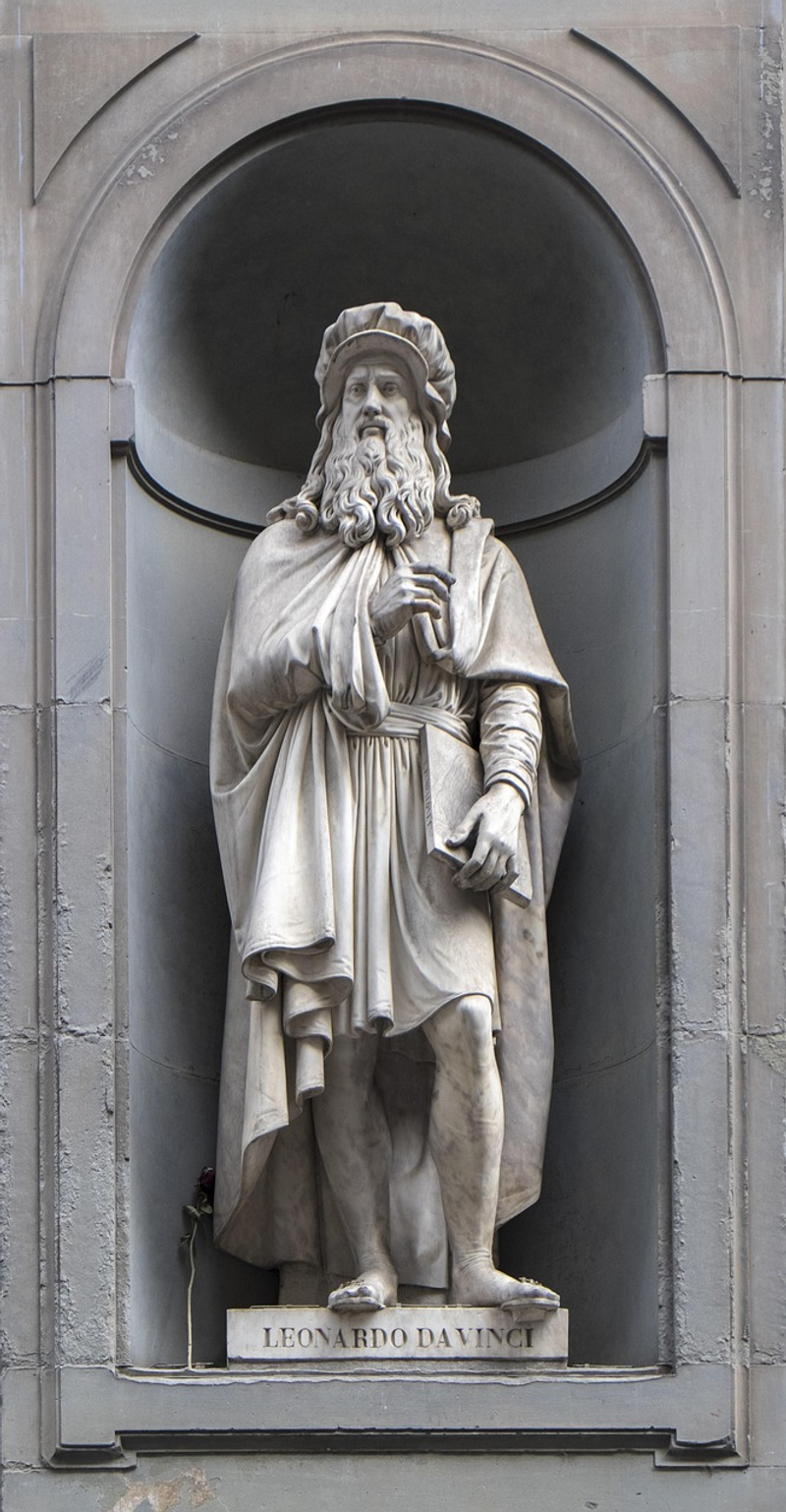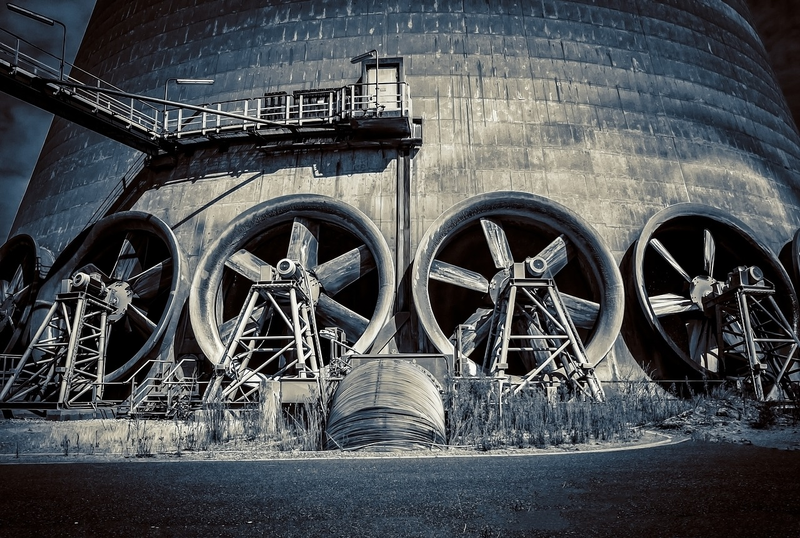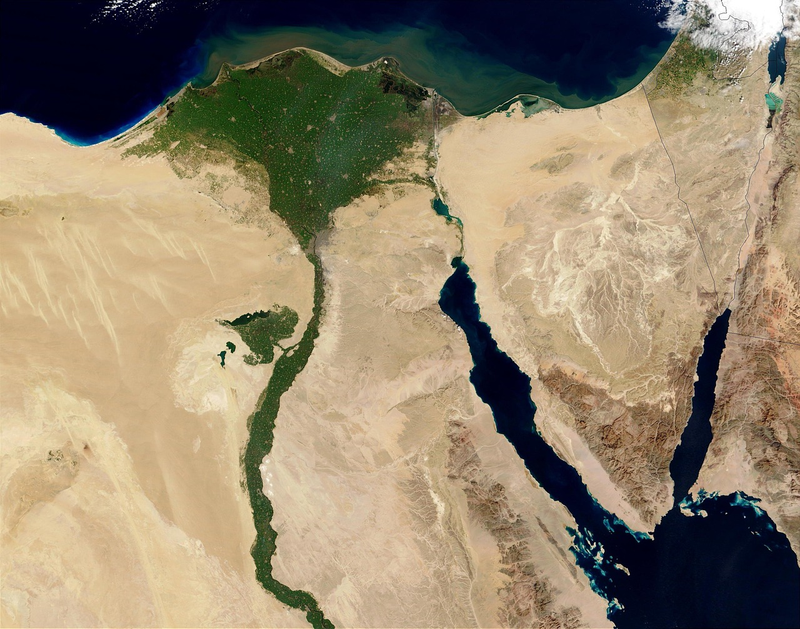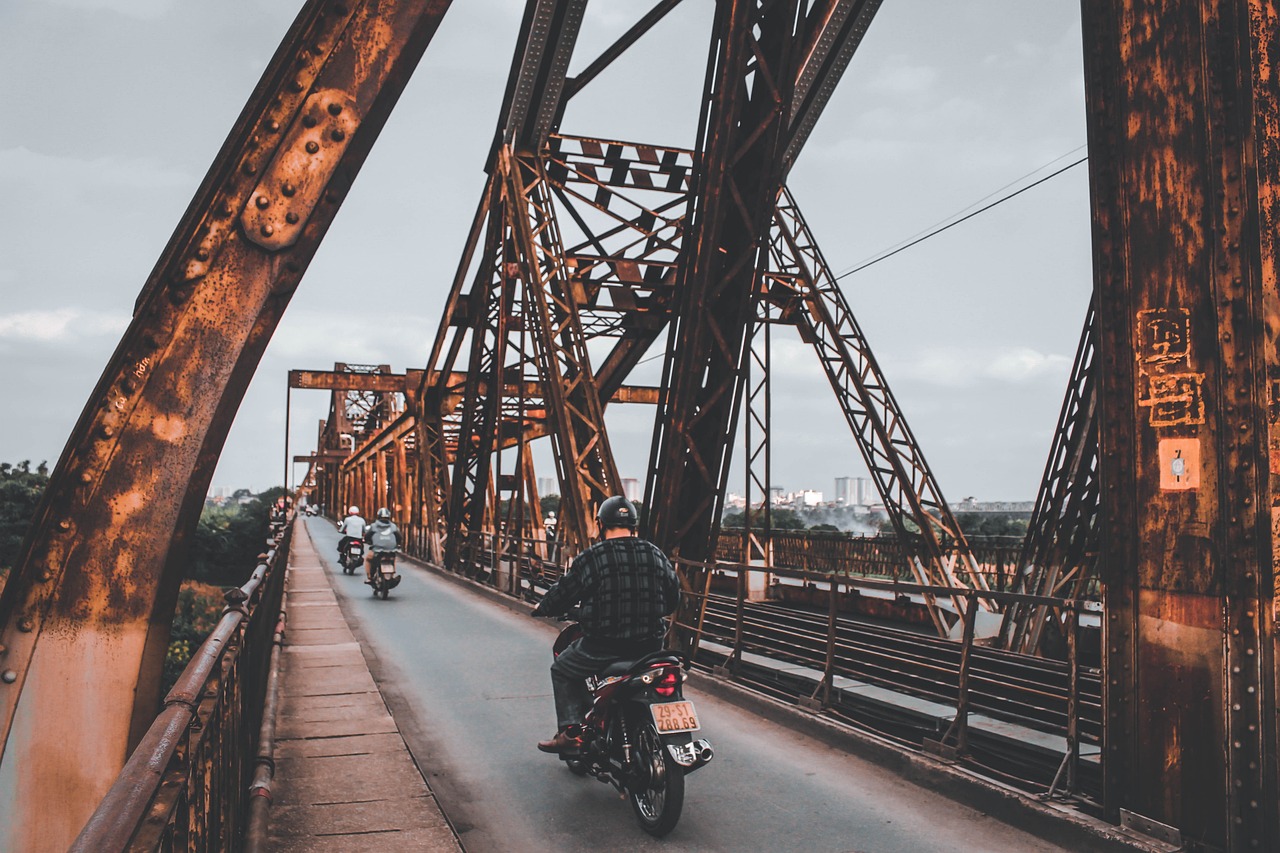Destinations - Part 3
Exploring Historical Eras: Part 3
The Renaissance (14th - 17th Century)
The Renaissance was a period of great cultural and artistic change that began in Italy and spread across Europe. It marked the transition from the medieval period to the modern age, with significant advancements in art, literature, science, and philosophy. Some of the most famous figures of the Renaissance include Leonardo da Vinci, Michelangelo, and Galileo Galilei.

Key Characteristics:
- Revival of classical learning and values
- Focused on humanism and individualism
- Advancements in art, architecture, and science
- Development of perspective in art
The Industrial Revolution (18th - 19th Century)
The Industrial Revolution was a period of major industrialization that transformed economies, societies, and daily life. It began in Britain and later spread to other parts of the world, leading to technological advancements, urbanization, and significant social changes.

Main Impacts:
- Introduction of factory systems and mechanized production
- Rapid urbanization and population growth
- Increased global trade and colonization
- Social reforms and labor movements
The Space Age (20th Century)
The Space Age was a period of intense innovation and exploration in space technology and travel. It began with the launch of the Soviet satellite Sputnik in 1957 and continued with manned missions to the moon and beyond. This era marked significant advancements in science, technology, and our understanding of the universe.

Key Milestones:
- First human in space (Yuri Gagarin, 1961)
- Moon landing (Apollo 11, 1969)
- Launch of space probes to explore outer planets
- International cooperation in space missions
Explore these fascinating historical eras that have shaped the world we live in today!
